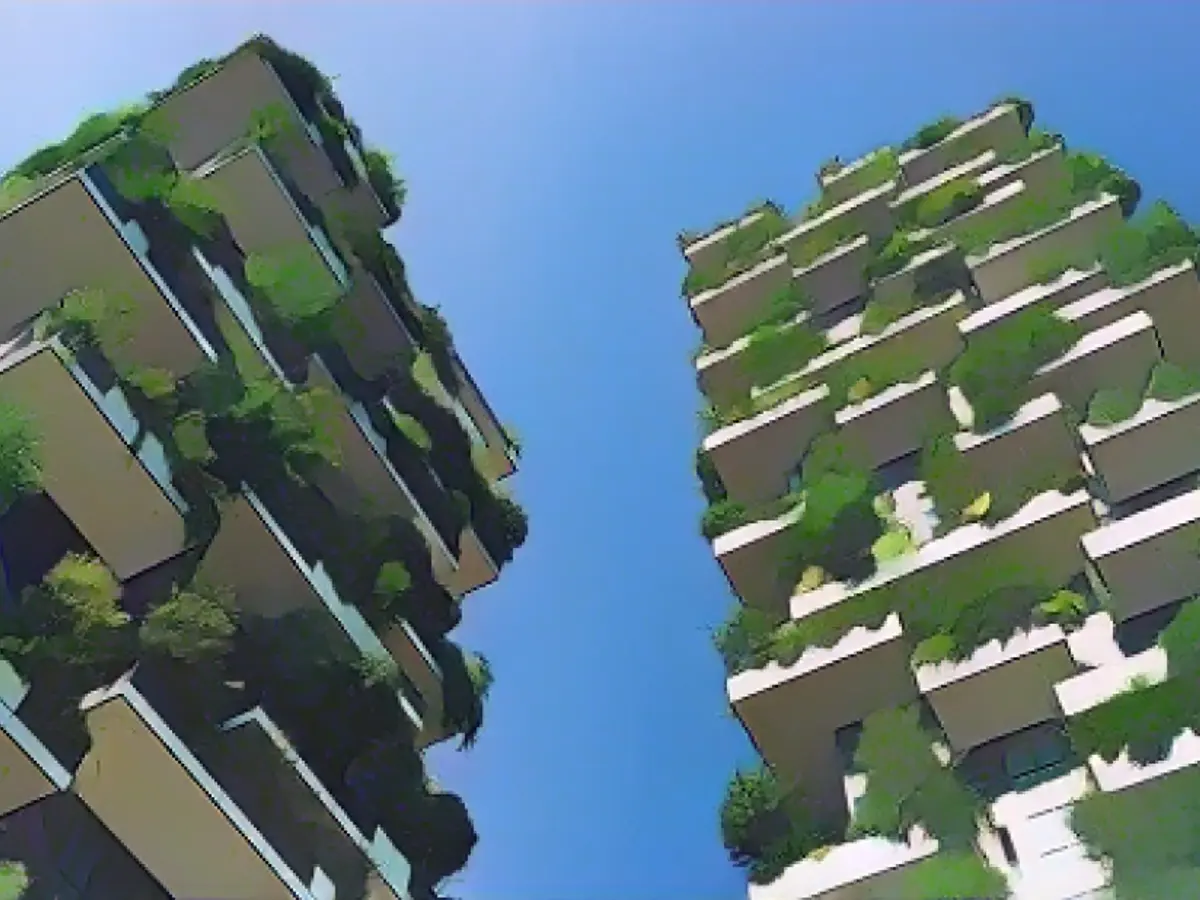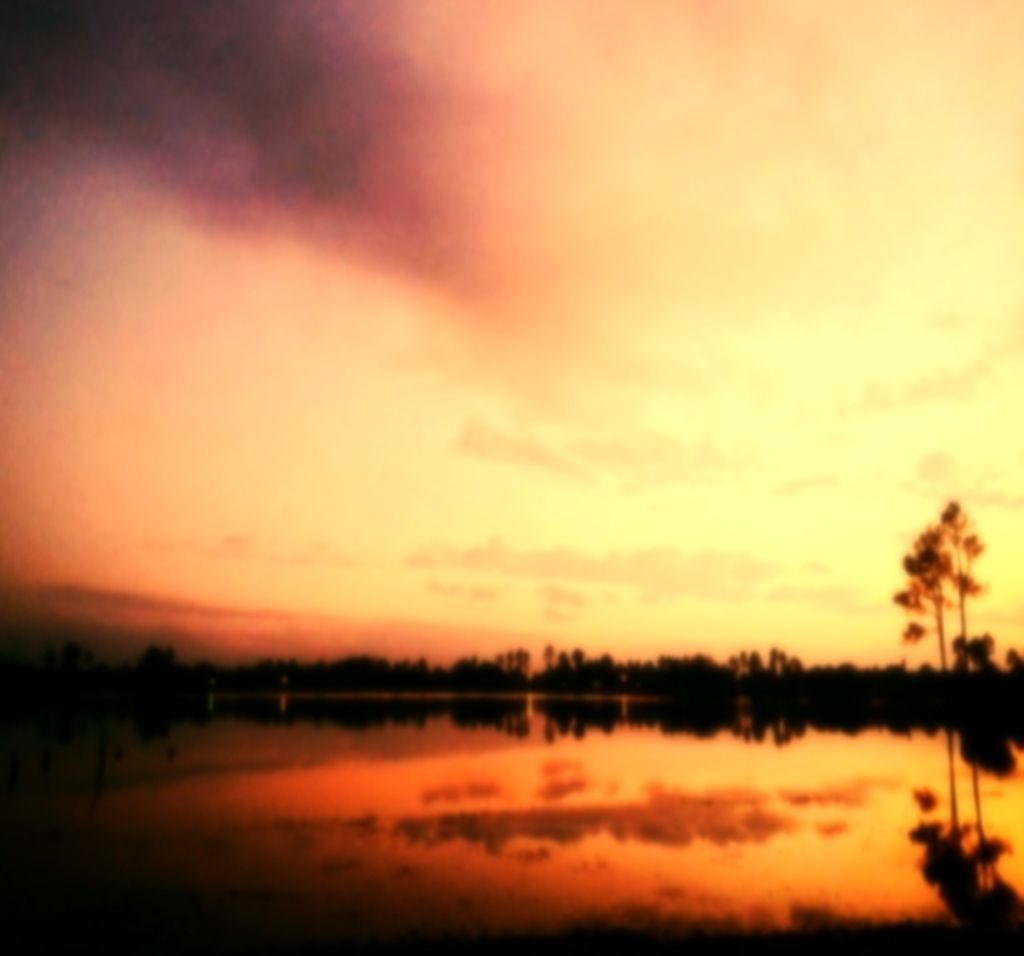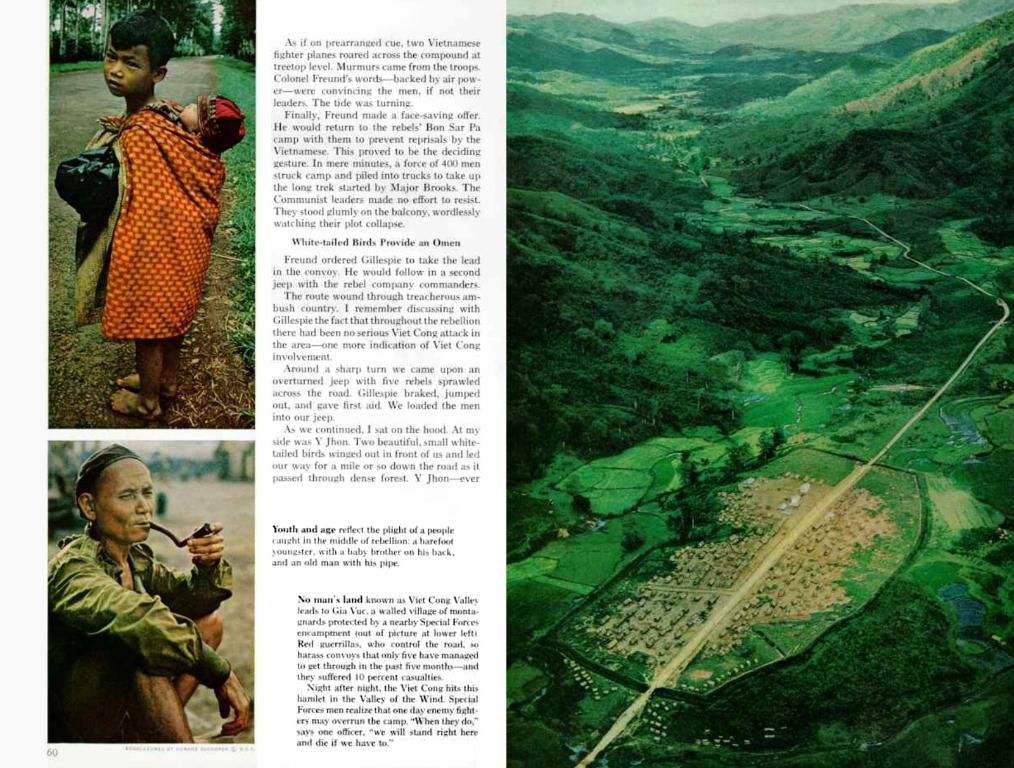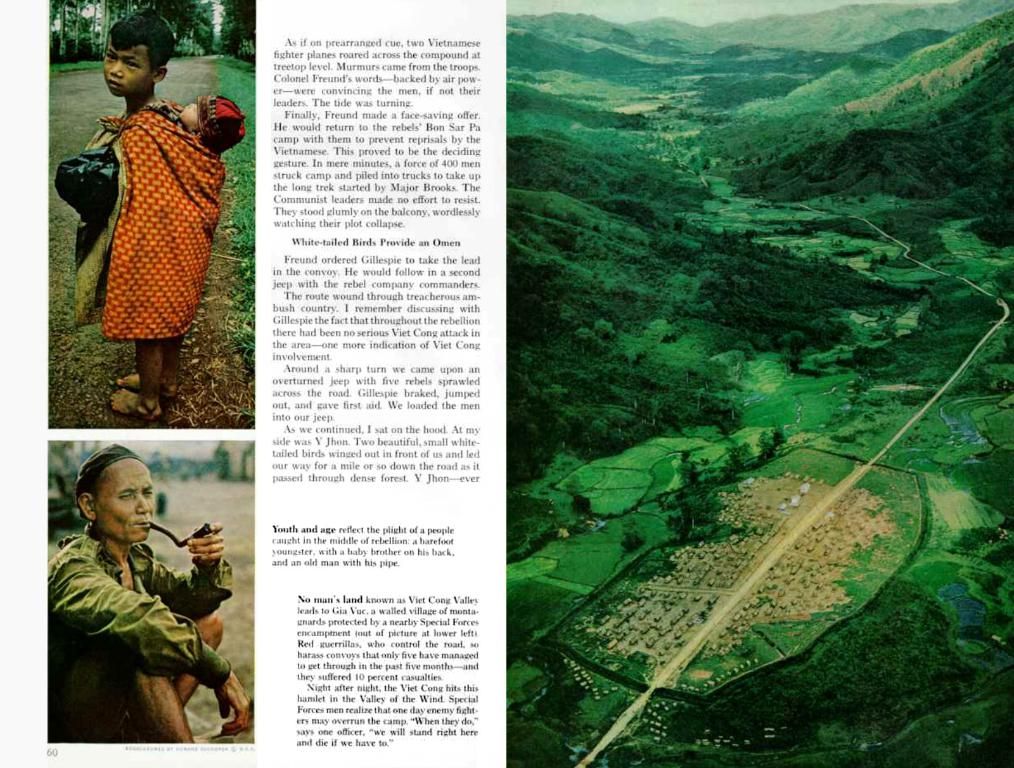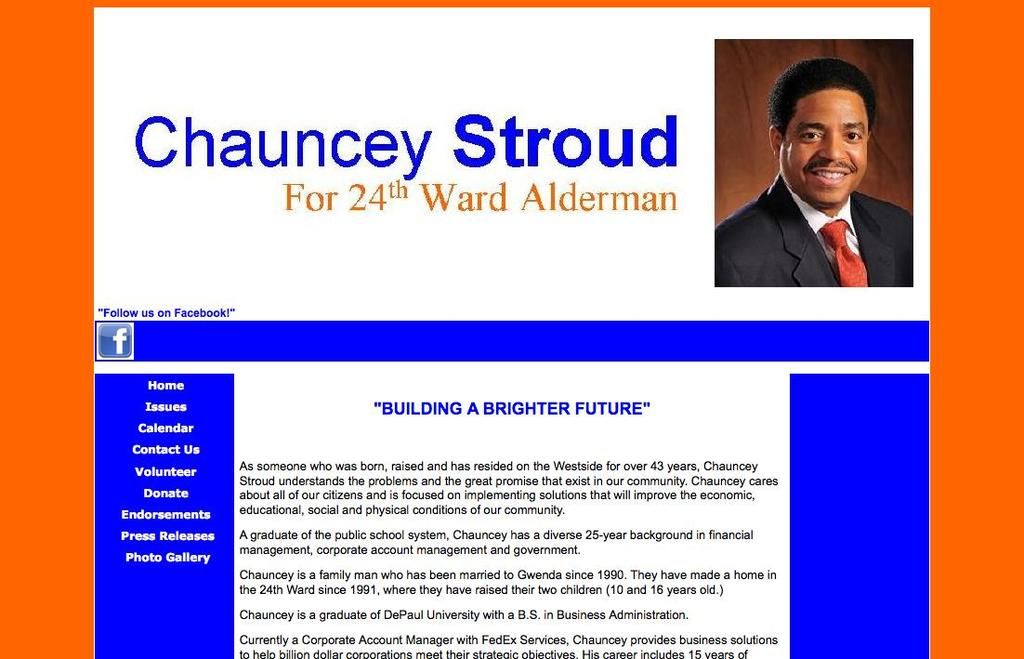The Rapid Ascent of Urban Jungles
As cities continue to grow and multiply across the globe, urban forests are gaining significance. Despite their numerous advantages, these green spaces also face numerous threats.
Sure, cities like Paris, New York, and Singapore might not be the first places your mind jumps to when it comes to forestry, but every city has its own unique urban green cover.
The UN's Food and Agriculture Organization (FAO) defines this urban forest as a "network or system of all trees, groves, and individual trees in urban and peri-urban areas—from vast parks to solitary trees on sidewalks." While there are no set rules about how much urban forestry a city needs, experts are well aware of its benefits.
"Peoples often think trees are disposable, but they're not," said Stephen Sheppard, a professor of urban forestry at the University of British Columbia (UBC) in Vancouver, Canada. "Green spaces are critical infrastructure."
Urban forests can protect a city's water and food supplies. By serving as natural infrastructure, they shield the soil, absorb rainwater, reducing runoff, and thus mitigating erosion and sedimentation in local water resources.
"A few years ago, Vancouver almost had to ration water for a month due to heavy rain and the sediment stirring up in reservoirs making the water unsafe to drink," Sheppard explained.
Green spaces can also boost biodiversity, offering habitats for native wildlife and creating green corridors for wildlife movement through the city. For example, two years ago, Brisbane, Australia, committed to invest AUD 90 million for wildlife corridors across the entire city, to help preserve the dwindling koala population, estimated to have reduced between 1996 and 2014 by approximately 80% as per a University of Queensland study.
Urban forests also play a significant role in the mitigation of extreme weather conditions and climate change. Trees sequester carbon, help regulate temperatures, and reduce the heat island effect, making urban areas more comfortable for residents.
"We know that average temperatures are projected to rise by 3–4 degrees Celsius, leading to more heatwaves," said Sheppard. "The only affordable solution to tackle these issues is to expand and improve healthy tree canopies, as they can help lower temperatures and reduce the urban heat island effect."
When considering which cities are excelling in this area, the MIT TreeMap project, which utilizes Google Street View data to measure the height of trees and shrubs in cities worldwide, names Singapore as the global leader in terms of tree canopy coverage. Despite having a population density of 7,797 people per square kilometer, Singapore scored a Green Vision Index of 29.3% according to MIT.
Hong Kong, although not yet assessed by MIT, boasts an average of less than 3 square meters of public open space per person in urban areas, possibly the lowest record for such a city globally, according to Professor Jim Chi-yung of Hong Kong University.
"Singapore's slogan 'Asia's Garden City' was part of its marketing strategy to attract investors," said Simone Borelli, an urban forest expert and co-author of the recent FAO Global Urban Forestry Guide. "If people have an appealing urban environment, they are more likely to invest."
Indeed, urban forests are not just a bonus for old cities like Singapore; they're also being adopted as innovative solutions for more developed cities. Seoul, South Korea, has dismantled a central city motorway to replant trees and vegetation along waterways, while many cities in Manila, Philippines, are converting spare spaces, such as sidewalks, railway lines, and former industrial areas, into micro-parks.
But in some cities, concrete continues to dominate urban landscapes. Although Paris, France, holds an 8.8% Greenscape Index, as one of the world's most beautiful cities, it has the least tree canopy coverage among 17 countries reviewed by MIT, due to its high population density (21,000 people per square kilometer). Similarly, second-place New York, USA, with a 13.5% Greenscape Index and a population density of 10,831 people per square kilometer, is also grappling with these challenges.
"In mature cities like these, about half a century ago, climate change was not an issue, so inerrant forestry strategies were not a priority," said Sheppard. "But now that we need to tackle so many other complex challenges, the existing tree canopy becomes an even more precious resource required for our future urban wellbeing."
Borrelli suggested that older cities must find new, creative solutions to become more eco-friendly. "In some cities space might be limited, so vertical solutions might be the answer," Borelli suggested.
It's no secret that Boleri's "vertical forest" in Milan, Italy, and rooftop gardens worldwide, are successful examples of green innovations for aging cities.
When it comes to urban forestry, planning failures are, in reality, police failures. "We're trying to foster more collaboration with landscape architects and urban planners to ensure that urban forestry is integrated from the planning stage, not just bolted on later," Borelli said.
"In China, they understand this better than anyone else," she emphasized. "The government has invested heavily in green infrastructure to restore existing cities' environment and protect water systems, while setting aside new areas for green development."
So, what's next for urban forests in our cities? Borrelli suggests that if cities are committed to becoming greener, they'll need to commit to three key areas: zoning regulations, tax incentives, and community engagement.
An integrated approach can help ensure that as cities grow, their green spaces also evolve, providing lasting benefits to generations to come.
[References available on request]
